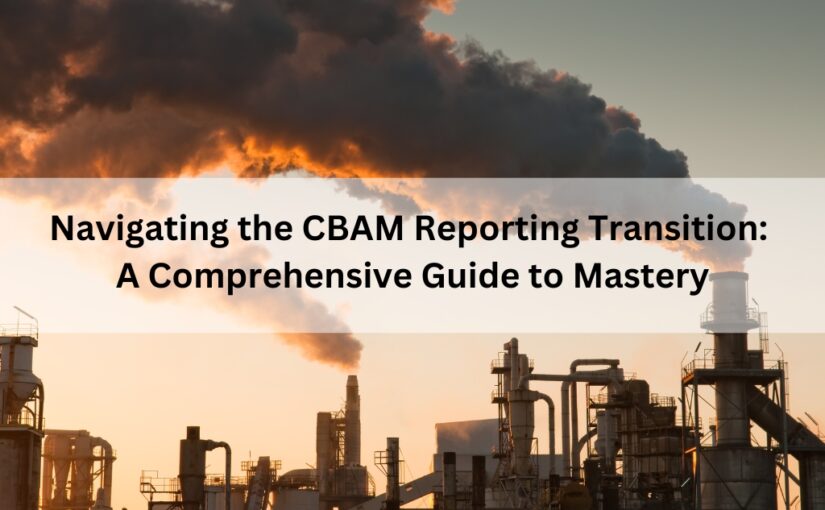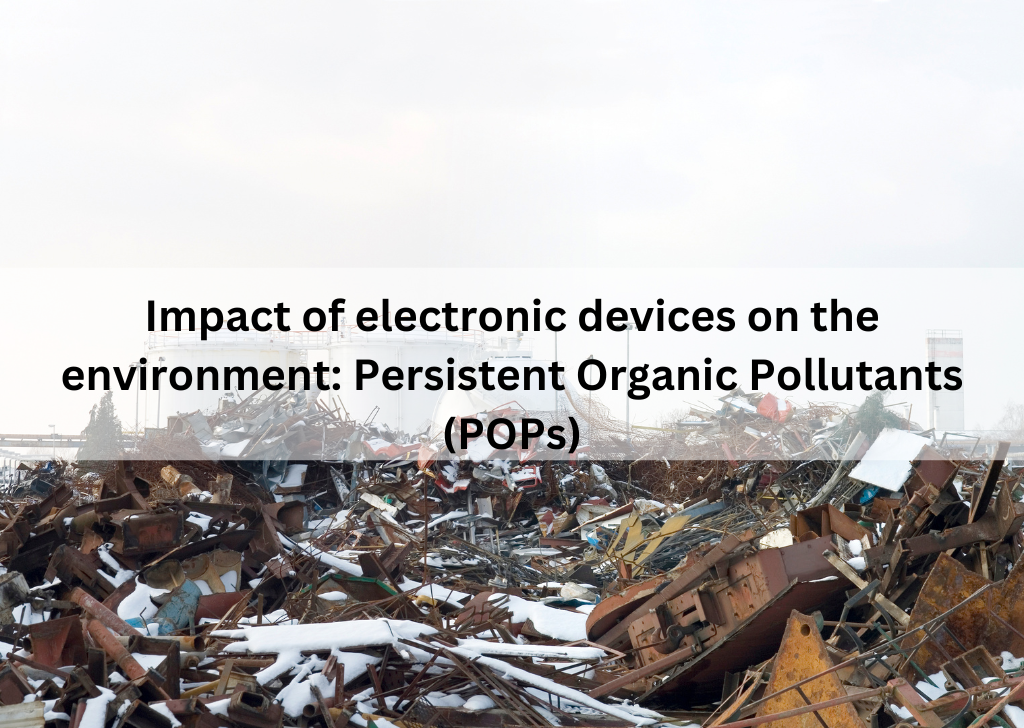An Overview of UNSPSC Classification
UNSPC is the abbreviation for the United Nations Standard Products and Services Code, a system to classify services and products so they can be used on ecommerce (i.e. online trading) sites.
Jointly set up by the United Nations Development Programme and Dun and Bradstreet (a US credit organisation) in 1998, unspsc coding is currently managed by the US division of GS1, a global not-for-profit organization which devised a standards system for supply-and-demand goods and services. In the context of this article, GS1 US oversees unspsc classification and coding, revising and overseeing changes to codes, issuing scheduled updates and managing one-off projects and initiatives.
Currently, there are over 18,000 codes on the unspsc list, in 14 languages including English, Japanese and Hungarian. It is available in both PDF and Microsoft Excel versions, and members can suggest changes and additions to the list. For any item, unspsc classification is denoted by 5 2-digit identifiers. These equate to 5 levels of classification, which are: Segment, Family, Class, Commodity, and Business Function.
Closely related to this is eclass (or eCl@ss), a similar standard set up to exchange information between customers and their suppliers. Initially mainly confined to the German energy industry, it is now a contender for the role currently played by unspsc in the US. It was joined by ETIM, an important wholesale electrical standard, in 2006. Eclass is denoted by 4 levels of hierarchy rather than 5, forming a code of 8 characters. A further classification, called the application class, allows description of the product at each level.
We at Enventure Technologies are experienced in all aspects of eclass and unspsc coding, offering invaluable help to ecommerce traders.










